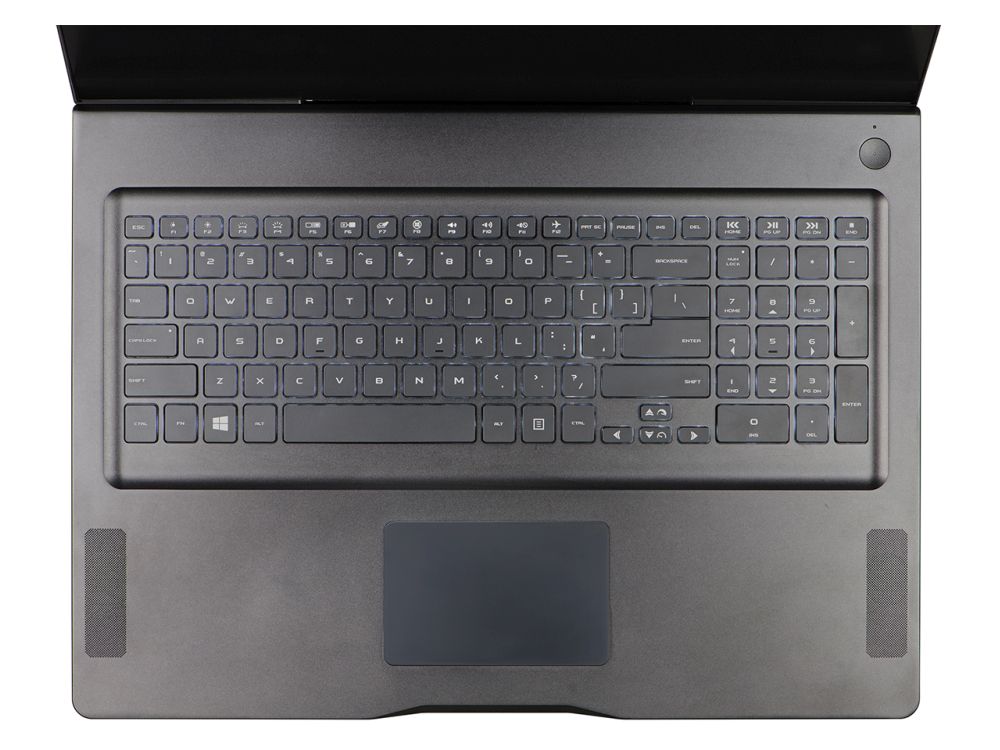Abbiamo già avuto modo di parlare della tecnologia Intel Optane 3D XPoint, che promette una vera e propria rivoluzione dello storage nel futuro a breve termine, almeno nel settore enterprise. Invitiamo a leggere l’articolo appena riportato in caso si volesse approfondire, mentre per i pigri o per i limitatamente interessanti ricordiamo che siamo di fronte a un nuovo tipo di memoria davvero particolare, che nelle intenzioni di Intel e Micron (un partner nel progetto), potrebbe in futuro costituire la memoria unica presente nel sistema, con funzioni di RAM e storage.
Una memoria quindi molto veloce soprattutto nelle latenze (inferiori di 1000 volte rispetto a quelle dei comuni SSD, per intenderci), anche se non ancora a livello delle migliori RAM, ma che in determinati casi può andare bene comunque. Gli ambiti di utilizzo, almeno i primi, saranno sicuramente nel settore enterprise, e nel corso dell’IDF di San Francisco abbiamo avuto modo di saperne di più.
La prima notizia è che sembra confermata la commercializzazione delle prime unità a partire dall’anno prossimo, mentre l’altra è la particolare metodologia di test sul campo scelta da Intel e rivolta ai propri partner. Di solito, per processori ed SSD, Intel (ma anche altri brand) fornisce una prima produzione che precede la commercializzazione vera e propria ai propri partner, nella forma di sample da utilizzare, stressare e mettere alle corde, da mettere al confronto con soluzioni precedenti.
Un testing prezioso, che permette di finalizzare le versioni definitive, farsi idee più chiare sulle reali prestazioni in determinati contesti, definire in maniera più precisa il target. Con Optane 3D XPoint Intel sceglie una strada diversa: le unità sono montate su server Intel e alcuni partner potranno accedervi solo attraverso il cloud. Dal punto di vista di Intel questo porta ad alcuni vantaggi, anche in virtù della tecnologia completamente nuova: il primo è non distribuire in giro sample, che possono giungere nelle mani della concorrenza, mente il secondo è avere tutto sotto controllo per ogni operazione effettuata, in tempo reale, in ambiente al 100% sotto il proprio controllo.
Non resta che attendere informazioni nel corso dei prossimi mesi; il testing inizierà verso fine anno, verosimilmente con partner che usano software ScaleMP vSMP Foundation, apparsi sulle prime più adatti alle caratteristiche di Optane 3D XPoint. Per gli SSD commerciali l’impressione è che si dovrà aspettare ancora un paio di anni, almeno.
Autore: Le news di Hardware Upgrade










